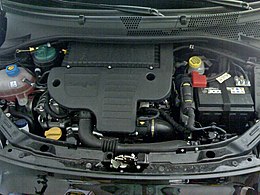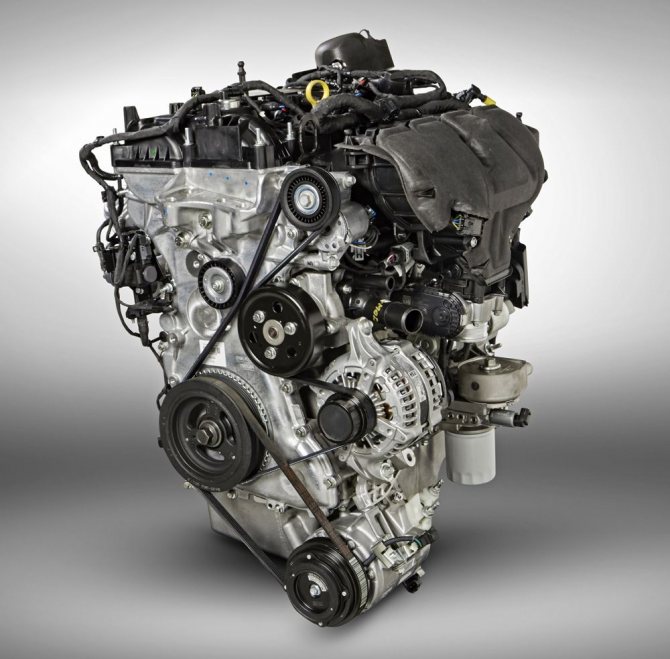
1.3 CDti and Fiat 1.3 Multijet engine - what you need to know about dual-diesel units?
Content
The units are available in several power options - 70 hp, 75 hp, 90 hp. and 109 hp It is also worth noting that they were also installed on car models such as Lancia, Alfa Romeo, Suzuki or on cars of the Indian Tata and Ford series. What is the technical difference between a 1.3 CDti engine and a Multijet engine? Check!
CDti engine and its technical data
The 1,3 liter four-cylinder fuel-injected engines are among the smallest diesel engines in the world. How does the injection technology used in them work? Each dose of fuel is divided into smaller portions, which means that the units emit less exhaust gases and run softer.
In the case of the 1.3 CDti and the Multijet variant, a fixed geometry turbine and DPF are used. In turn, a variable geometry turbo engine is installed primarily on more powerful versions of the diesel engine. This type of engine operates not only under the name CDti and Multijet, but also under the names JTDM, DDiS and TDCi.
The biggest advantages of the 1.3 CDti engine and the Multijet variant
Low fuel consumption is definitely one of the biggest advantages of this drive. It ranges from 4,5 to 6,5 l / 100 km. Of course, these parameters mainly depend on the specific car model, as well as the driving style of the driver.
The 1.3 CDTi engine and the Multijet variant also provide decent driving dynamics, especially in urban areas. The advantage of the units is that their design allows them to comply with Euro 5 emission standards. This applies to modified engines with a power of 75, 85, 90 and 95 hp.
Operation of the units - what to look for?
There are a few things to keep in mind when using a 1.3 CDti or Multijet. They are directly related to the design of the power unit. The first aspect concerns driving over potholes or curbs. In most car models with this engine, the designers placed the engine crankcase quite low. Accidental entanglement with the previously mentioned items can result in damage to the transmission and oil leakage.
What else could be problematic in 1.3 CDti?
Malfunctions in the EGR valve and drive circuit can also lead to costly visits to the mechanic. The last element is very sensitive to too low engine oil levels. When it is not enough, the circuit will not work properly and will start to overheat. The key issue in the operation of this unit is the use of good quality oil, as well as compliance with service intervals.
In which vehicles were 1.3 CDTi MultiJet units installed?
1.3 CDti engines were installed on the following cars:
- Fiat Panda II, III, 500, Punto II, Grande Punto, Idea, Linea and Doblo;
- Opel Corsa D and C, Astra, Eagle, Meriva, Tiger TwinTop, Combo;
- Ford Ka;
- Suzuki Wagon R+, Ignis II, Splash и Swift III.
If you take care of proper operation and regular replacement of oil or wear parts, the 1.3 CDTi or Multijet engine will pay you back with even work.
It is also worth mentioning that rather defective parts in other types of diesel engines (DPF filter or injection system) in the 1.3 CDTi variant are distinguished by significant durability, which undoubtedly works in favor of this unit. Due to the low fuel consumption, optimum power and fast engine response, the 1.3 CDTi engine and the Multijet variant deserve attention.

